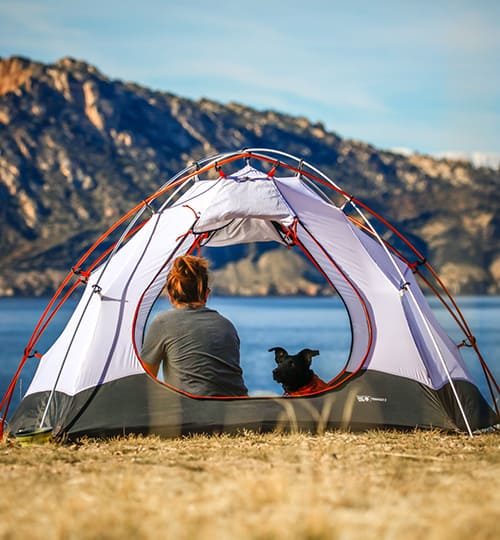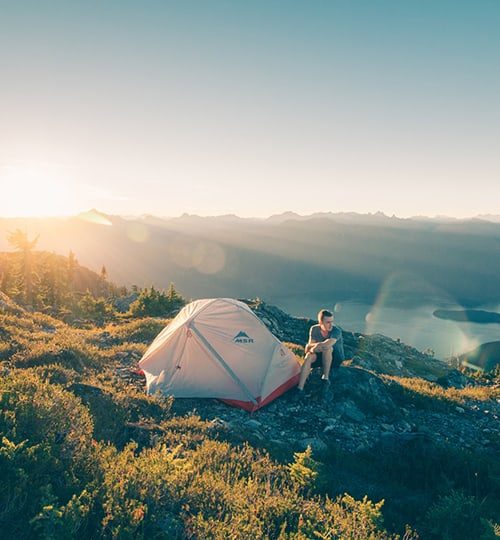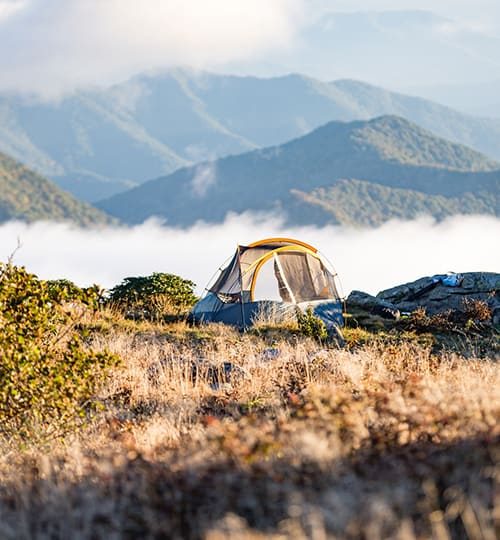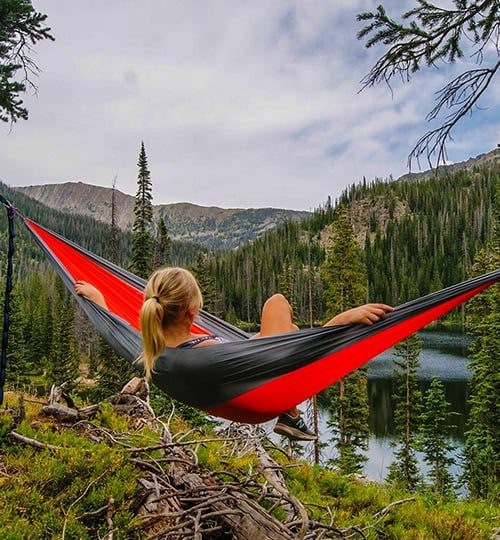Activities and Sports
Adventure
Water Sports
Water sports are recreational activities that take place on or in bodies of water. They can range from adrenaline-pumping adventures to more relaxing and leisurely pursuits. Here are some popular water sports along with brief descriptions:
Swimming: Swimming is a basic water activity that involves moving through the water using the arms and legs. It is both a sport and a recreational activity enjoyed by people of all ages.
Surfing: Surfing involves riding ocean waves using a surfboard. Surfers paddle into the waves and stand up to ride them as they break toward the shore.
Windsurfing: Windsurfing combines elements of surfing and sailing. Participants stand on a board with an attached sail and use the wind to propel themselves across the water.
Kiteboarding/Kitesurfing: Kiteboarding involves riding a small surfboard or kiteboard while being pulled by a large kite. This sport combines aspects of surfing, wakeboarding, and windsurfing.
Scuba Diving: Scuba diving allows participants to explore underwater environments with the help of a self-contained underwater breathing apparatus (SCUBA). Divers can witness marine life and underwater landscapes.
Snorkeling: Snorkeling is a water activity where participants wear a mask and snorkel to observe underwater life while floating on the surface of the water.
Kayaking: Kayaking involves paddling a small, narrow boat called a kayak. It can be done on calm waters or more challenging whitewater rapids.
Canoeing: Canoeing is similar to kayaking, but the boat used is an open-top canoe. It can be enjoyed on lakes, rivers, and calm waterways.
Stand-Up Paddleboarding (SUP): SUP involves standing on a large board and using a paddle to move across the water. It offers a full-body workout and can be done on various water bodies.
Water Skiing: Water skiing involves being pulled behind a boat while standing on skis. Skiers hold onto a rope attached to the boat's stern and glide over the water's surface.
Wakeboarding: Wakeboarding is similar to water skiing, but participants ride a board with bindings similar to a snowboard. It involves performing tricks and jumps using the boat's wake.
Jet Skiing: Jet skiing involves riding a small watercraft powered by a jet engine. Riders can perform maneuvers and enjoy high-speed adventures on the water.
When participating in any water sport, safety is of utmost importance. Always follow safety guidelines, wear appropriate safety gear, and be aware of local regulations and conditions. Many water sports can be enjoyed as recreational activities or pursued competitively in professional settings.
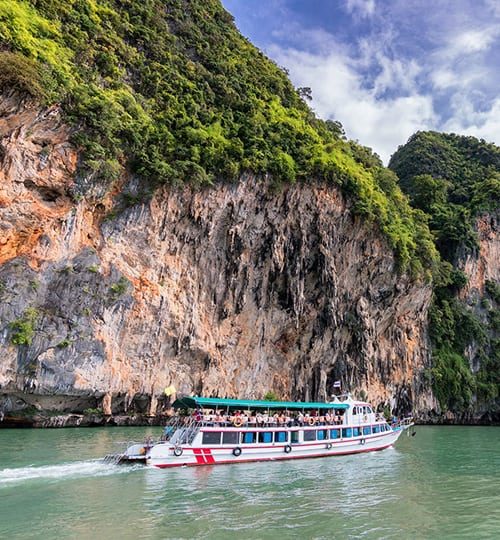
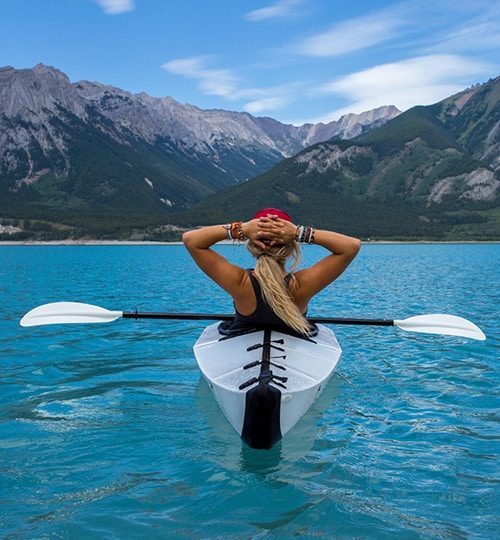
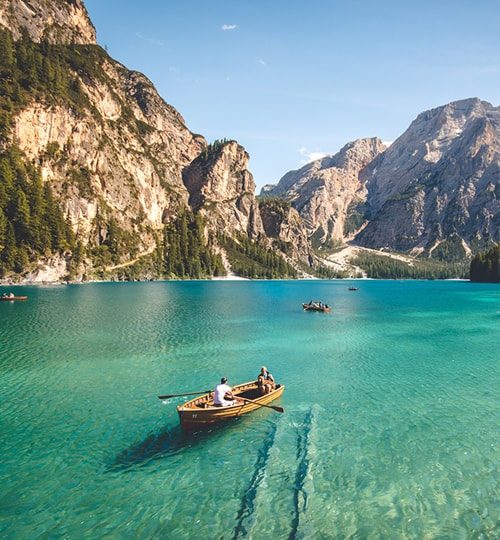
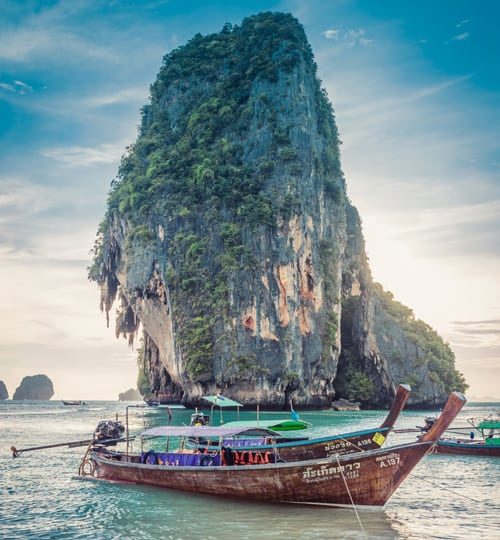
Snow Adventure
Winter Sports
Winter sports are recreational activities that take place on snow or ice during the winter season. They offer a wide range of experiences, from adrenaline-pumping adventures to more relaxed and leisurely pursuits. Here are some popular winter sports along with detailed descriptions:
Skiing: Skiing involves sliding down snow-covered slopes using skis attached to boots. There are various types of skiing, including alpine skiing (downhill skiing), cross-country skiing (Nordic skiing), and freestyle skiing. Alpine skiing involves racing down groomed runs or tackling challenging terrains, while cross-country skiing involves traversing flat or gently sloping terrain for endurance and recreation.
Snowboarding: Snowboarding is a winter sport that uses a single wide board attached to both feet. Snowboarders ride down slopes, perform tricks in snow parks, or navigate through ungroomed terrains, often incorporating elements from skateboarding and surfing.
Ice Skating: Ice skating involves gliding on ice using ice skates, which are boots with metal blades. It can be done on indoor rinks or frozen bodies of water. Figure skating and ice dancing are artistic forms of ice skating, while ice hockey is a competitive team sport played on ice.
Snowmobiling: Snowmobiling, also known as sledding or snow machining, involves riding motorized vehicles over snow and ice. Snowmobiles are designed for both recreational riding and transportation in snowy areas.
Ice Climbing: Ice climbing is an adventurous winter sport that involves ascending frozen waterfalls, ice-covered cliffs, or other icy surfaces using specialized equipment, such as ice axes and crampons.
Biathlon: Biathlon combines cross-country skiing and rifle shooting. Athletes ski along a designated course and stop periodically to shoot at targets from a distance. Accuracy in shooting is crucial, as missed shots result in time penalties.
Bobsleigh and Skeleton: Bobsleigh involves teams of two or four athletes racing down an icy track in a gravity-propelled sled. In contrast, skeleton is an individual winter sport where athletes slide headfirst on a sled down the same track.
Curling: Curling is a team sport played on ice. Players slide stones towards a target area, while teammates sweep the ice to control the stone's speed and direction.
Ski Jumping: Ski jumping is a ski sport where athletes launch off a specially designed ramp and try to achieve the longest jump possible. The sport combines technical skill and aerodynamics.
Freeriding and Freestyle Skiing: Freeriding involves skiing or snowboarding in off-piste areas, away from marked slopes. Freestyle skiing includes tricks, jumps, and maneuvers performed on terrain parks, halfpipes, or natural features.
Snowshoeing: Snowshoeing is a recreational activity that involves walking on snow using specialized snowshoes. It allows people to explore snowy landscapes and access areas not easily reachable on foot.
Ice Fishing: Ice fishing involves drilling holes in frozen bodies of water and fishing through the ice. It is a popular pastime in colder regions with frozen lakes and rivers.
These winter sports provide diverse experiences for individuals of all ages and skill levels. It is essential to follow safety guidelines, wear appropriate gear, and be aware of weather and snow conditions while participating in winter sports.
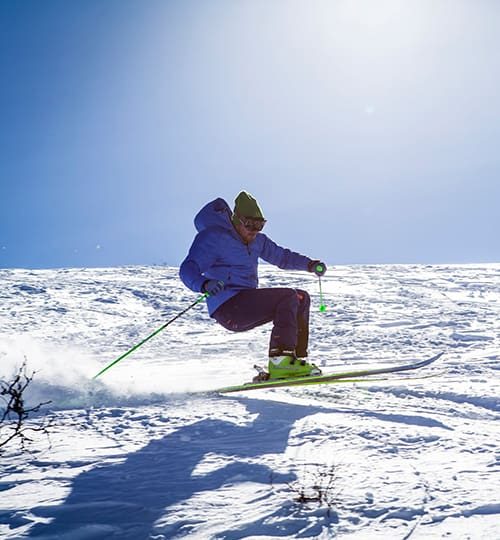
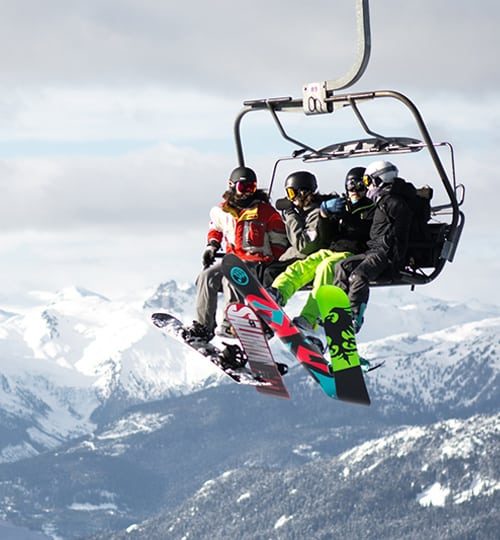
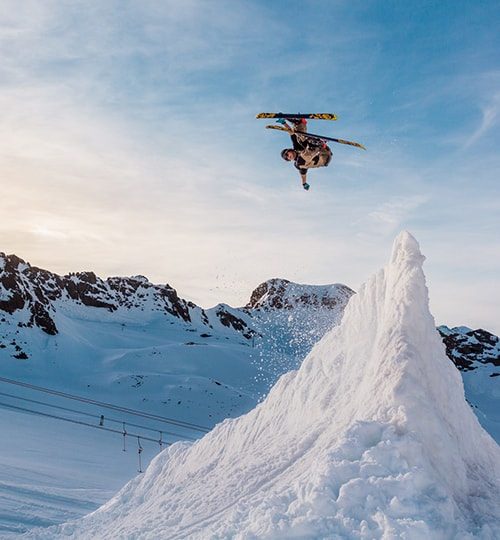

Forest Tours
Camping
Camping is a popular outdoor activity that involves spending time in nature, typically overnight, in temporary shelter such as tents, campers, or under the stars. It allows people to escape the hustle and bustle of city life and immerse themselves in natural surroundings. Camping offers a range of experiences, from primitive camping in remote wilderness areas to more comfortable camping in designated campgrounds with facilities. Here are some key aspects of camping:
1. Types of Camping:
Tent Camping: This is the most common form of camping, where campers set up tents to sleep in.
Car Camping: Campers drive to a designated campground or accessible site and set up their tents or sleep in their vehicles.
RV/Camper Camping: Campers use recreational vehicles (RVs), motorhomes, or campers with built-in amenities for a more comfortable camping experience.
Backpacking: Backpackers carry all their camping gear on their backs and hike to remote and less accessible camping spots.
Glamping: A luxury form of camping that offers upscale accommodations and amenities in a natural setting.
2. Camping Equipment:
Tents: Provide shelter from the elements and insects.
Sleeping Bags and Pads: Keep campers warm and comfortable during sleep.
Cooking Gear: Portable stoves, cooking utensils, and coolers for preparing meals.
Lighting: Headlamps, flashlights, or lanterns for visibility at night.
Camp Chairs and Tables: Provide seating and dining options.
Camping Gear Storage: Backpacks, duffel bags, or containers for carrying camping essentials.
3. Campsites and Campgrounds:
Public Campgrounds: Managed by government agencies and often equipped with basic facilities like restrooms, fire pits, and picnic tables.
Private Campgrounds: Run by individuals or companies and may offer more amenities, such as showers, laundry, and entertainment.
Dispersed Camping: Camping in undeveloped areas on public lands, often with minimal or no facilities for a more rugged experience.
4. Activities While Camping:
Hiking and Nature Exploration: Exploring nearby trails and natural landmarks.
Campfire Cooking: Preparing meals over a campfire or portable stove.
Wildlife Observation: Spotting and appreciating local flora and fauna.
Stargazing: Enjoying the night sky away from city lights.
Fishing, Swimming, or Boating: Depending on the campsite's location near bodies of water.
5. Leave No Trace:
Practicing "Leave No Trace" principles involves minimizing your impact on the environment and leaving the campsite as you found it, ensuring that nature remains preserved for future generations.
Camping offers a unique opportunity to disconnect from technology, connect with nature, and create lasting memories with friends and family. Remember to check local regulations, weather conditions, and safety guidelines when planning a camping trip.
